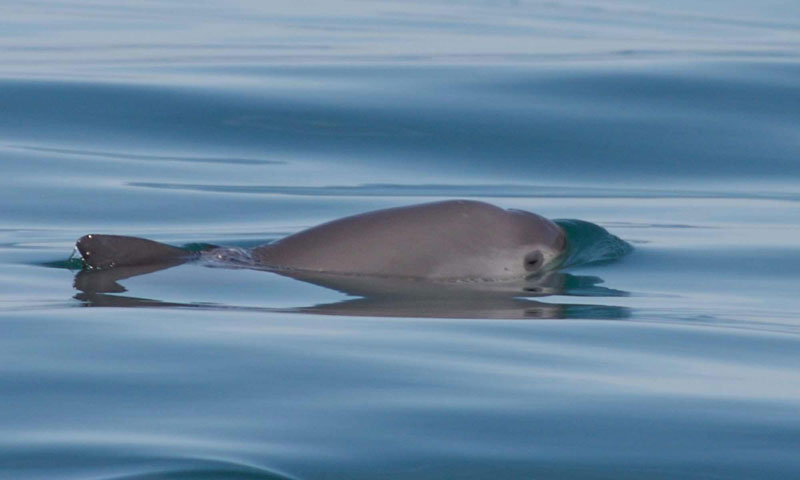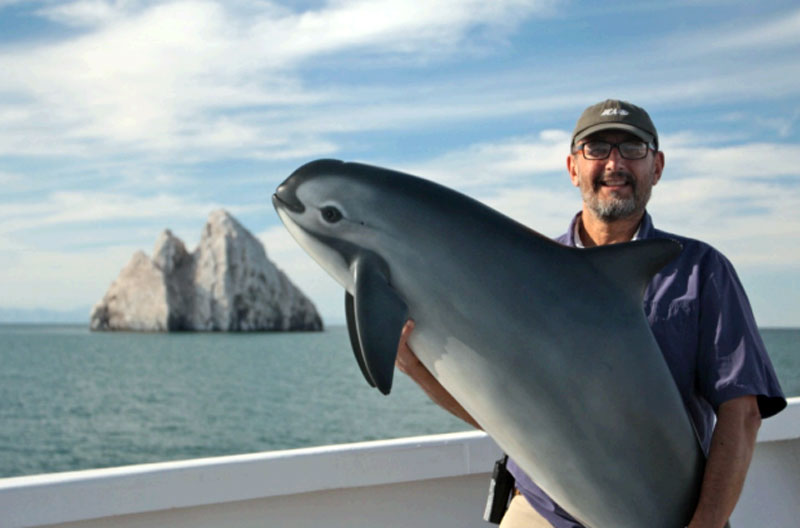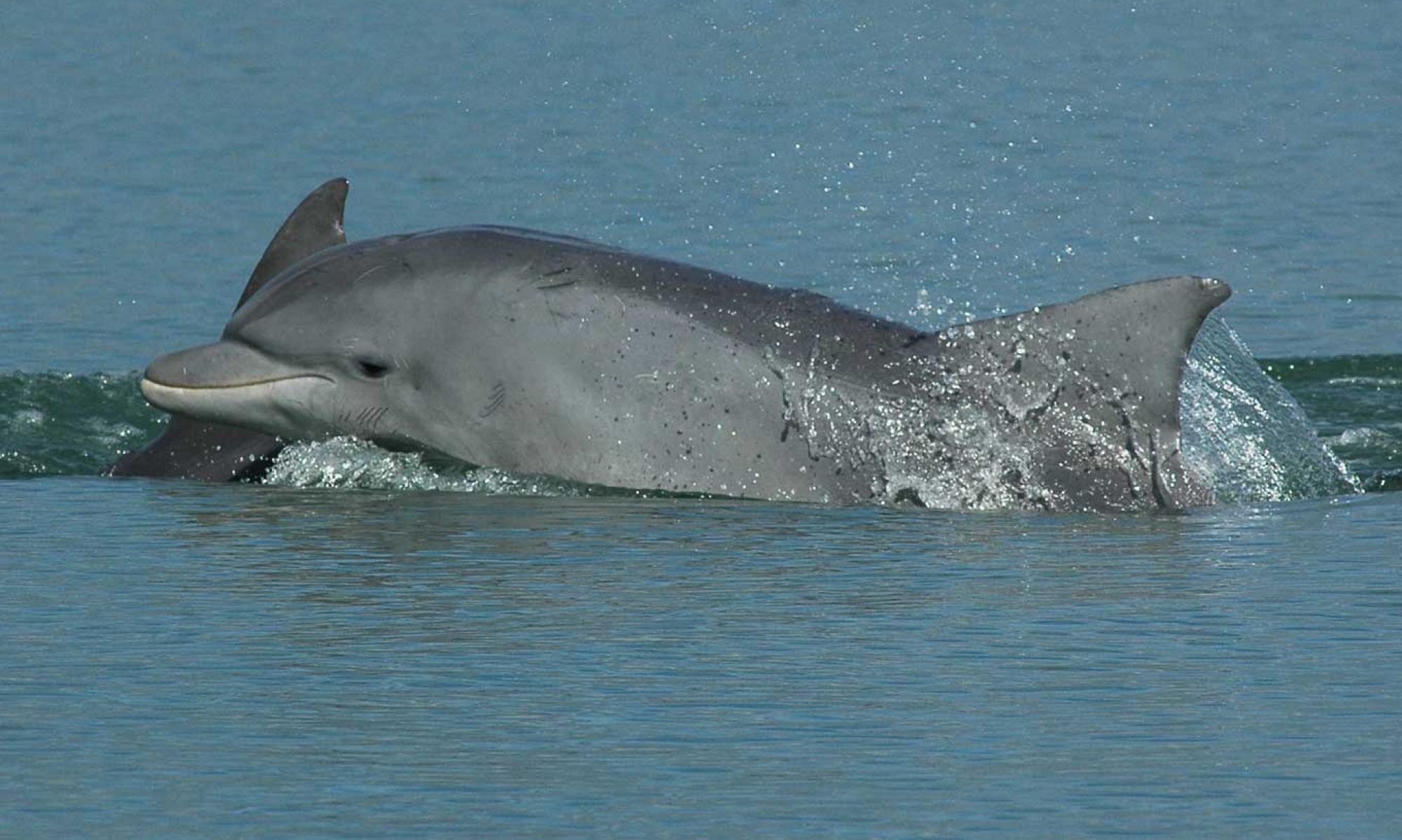For decades, news about the vaquita(Phocoena sinus) has become increasingly depressing as numbers have declined year on year. Now there is new hope, as the latest estimate of the vaquita population in the upper Gulf of California in Mexico has revealed that the current population of the species is 10 to 13 individuals, including one or two calves. This means that no more animals have been lost compared to previous surveys, perhaps the population has increased by a few individuals. It is important to note that these figures are estimates.

The survey was conducted by the Cetacean Specialist Group of the International Union for Conservation of Nature (IUCN) in the Gulf of California in May 2023 (https://iucn-csg.org/wp-content/uploads/2023/06/Vaquita-Survey-2023-Main-Report.pdf).
The vaquita population has fallen to a critical level, mainly due to illegal fishing of shrimp and totoaba, another highly endangered species. It is important to note that between 1997 and 2008, the vaquita population declined from 567 to 245 individuals. Later, from 2008 to 2015, the rate of decline of the harbor porpoise increased from 8% to 45% per year. In the last estimate in 2021, it was assumed that there would only be seven or eight adults and one or two calves left.
To save the vaquita from extinction, fishing was banned in a so-called zero-tolerance area in the northern part of the Gulf of California, but illegal fishing still takes place there. In August 2022, the Mexican Navy deployed 193 concrete blocks with three-metre-high metal hooks in the area to catch nets. In addition, the Mexican Navy has worked with the Sea Shepherd Conservation Society and other organizations to closely monitor the fishery, which has resulted in a 90 percent reduction in fishing in the zero tolerance zone, according to the study.
"The concrete blocks, together with enforcement within the ZTA, appear to be an effective means of preventing gillnetting," the IUCN report said. "Based on this year's results, extending the concept of concrete blocks and hooks to other areas where vaquitas are known to forage is an urgent priority."

It is equally important to find solutions for fishermen who need to find a way to earn money. The non-governmental organization Pesca Alternativa de Baja California (Pesca ABC) is dedicated to finding such solutions by developing alternative fishing techniques without gillnets and helping fishermen to create markets for their vaquita-friendly fish products.
For seven years now, YAQU PACHA and Nuremberg Zoo have been supporting various NGOs such as Vaquita CPR, Pesca ABC and Museo de la Ballena, which are working tirelessly to protect the vaquita. So it is a first ray of hope for all of us, the first in decades, which is ultimately due to the perseverance of the many people who are working to protect the vaquita. It would be wrong to say that the vaquita has been saved, we are a long way from that. Rather, it is important to take this news as an opportunity to continue working for the protection of the species.

